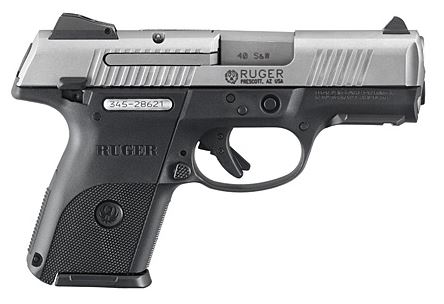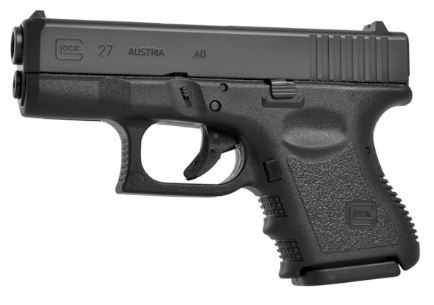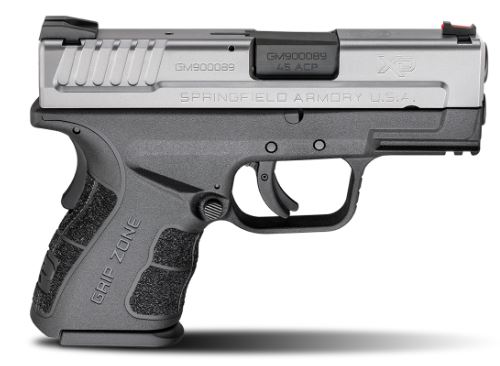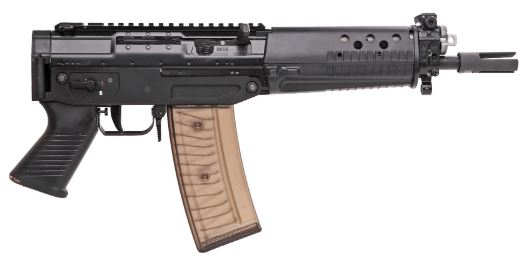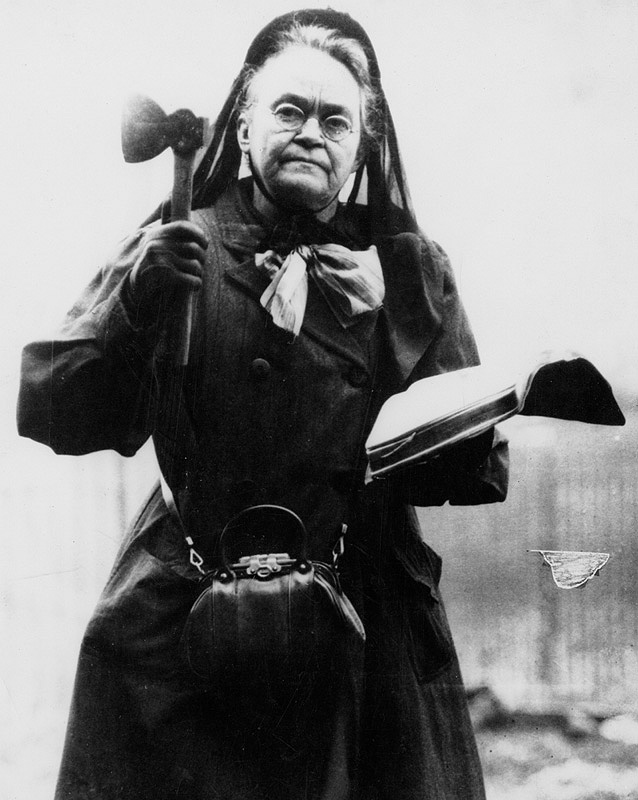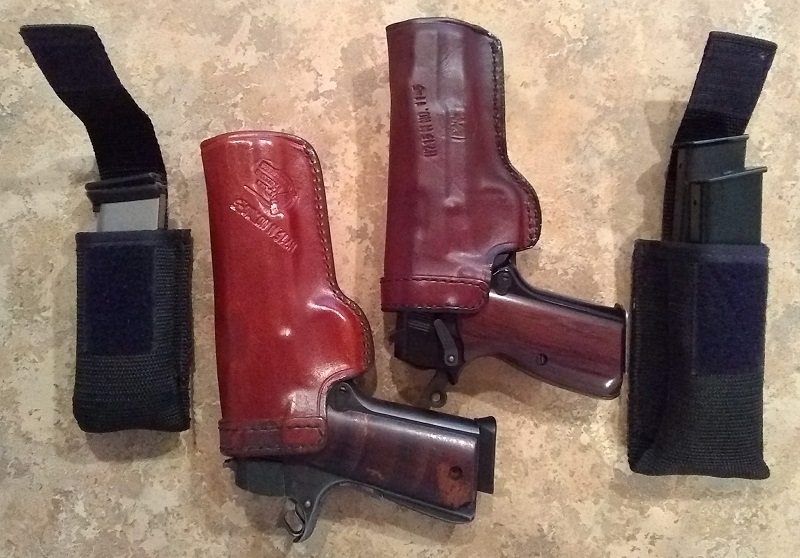Last Saturday I went to an Evil Loophole Gun Show (ELGS), and I’m of the opinion that it may be the last I ever go to (with maybe a couple of exceptions, which I’ll talk about later). Here’s why I’m so pissed off.
Gun shows used to be a place where you could find interesting stuff: new guns, old guns, holsters, spare mags, ammo cans, replacement springs and so on, all things gunny.
The one I went to (Premier, in Lewisville TX) was none of those things.
If I’d wanted to buy a tricked-out AR-15, or all the doodads that would enable me to do same to a stock AR-15, I would have been in the right place. Ye gods, there were literally hundreds of offerings on display.
Ditto if I’d wanted to buy a Glock or some other plastic striker-fired thing in 9mm: hundreds upon hundreds of the damn things all over the place, along with all the accoutrements thereof, such as high-cap mags or flashlights. Forget revolvers (I was idly looking for a S&W Model 65); there may have been a few dozen revolvers on sale, in total, but if you were to exclude the .44 Mag and .22 revolvers, there was nothing to look at. I saw one — one — stainless steel Model 60 in .375 Mag which did spark my interest for a moment, until I saw the $865 sticker.
I did not see a single AK-47, SKS or M1 Carbine at the show. I mean, not one. I saw one rifle I might have bought, except that the guy (a friend, by the way) wanted $10,000 for his Beretta BM62 — which may well be a reasonable price for a 1950s-era Garand which shoots 7.62mm NATO cartridges from a detachable magazine, but just not for my wallet.
Which brings me to the issue of price.
I’m not one of these guys who thinks that Colt 1911s should still cost $300, or that you should be able to get a .30-30 lever rifle for $150. I understand how inflation works. However, I also have a good idea for what guns should cost — especially second-hand guns, which are, or should be a place where one can find a decent bargain; except that with only a few exceptions, those prices are only a few dollars shy of a NIB gun of the exact same model.
What father or grandfather can afford to spend $650 on a Henry .22 lever rifle as a present for a grandchild? Even worse, a couple of plain-Jane Ruger 10/22 rifles were going for well over $200. Seriously?
I also needed a couple of small ammo cans for my recent 9mm stock-up purchases. Nobody was selling them. I ended up getting a “clearance” deal at… Bass Pro, for about $11 apiece. Yes, I ended up there after giving up on the ELGS.
Here’s what I did get at the gun show: a couple boxes of the SIG 9mm 124gr defense loads which I need to compare to their heavier cousins, and two boxes of .45-70 Govt from a reloader — and the latter only because I was looking for some Buffalo Bore-type hot loads. Not one ammo dealer was selling anything from Buffalo Bore — hell, only one was selling new .45-70 Govt at all, and at a price… never mind.
No guns. I was not even marginally tempted by any of the guns on sale — and (as any fule know) when it comes to guns, I have the lowest sales resistance of any man in the Western world.
Not last Saturday, and probably not at any time in the near future* either.
*The Fort Worth gun show is coming up in two weeks’ time, and I may go to that because the Ft. Worth shows generally have a decent selection of interesting guns, but if I do, it’ll be only as part of a trip to the Stockyards and a rodeo in the evening. If that show is of the same ilk as Lewisville, I’m outta there — I mean, away from all gun shows in the foreseeable future.

